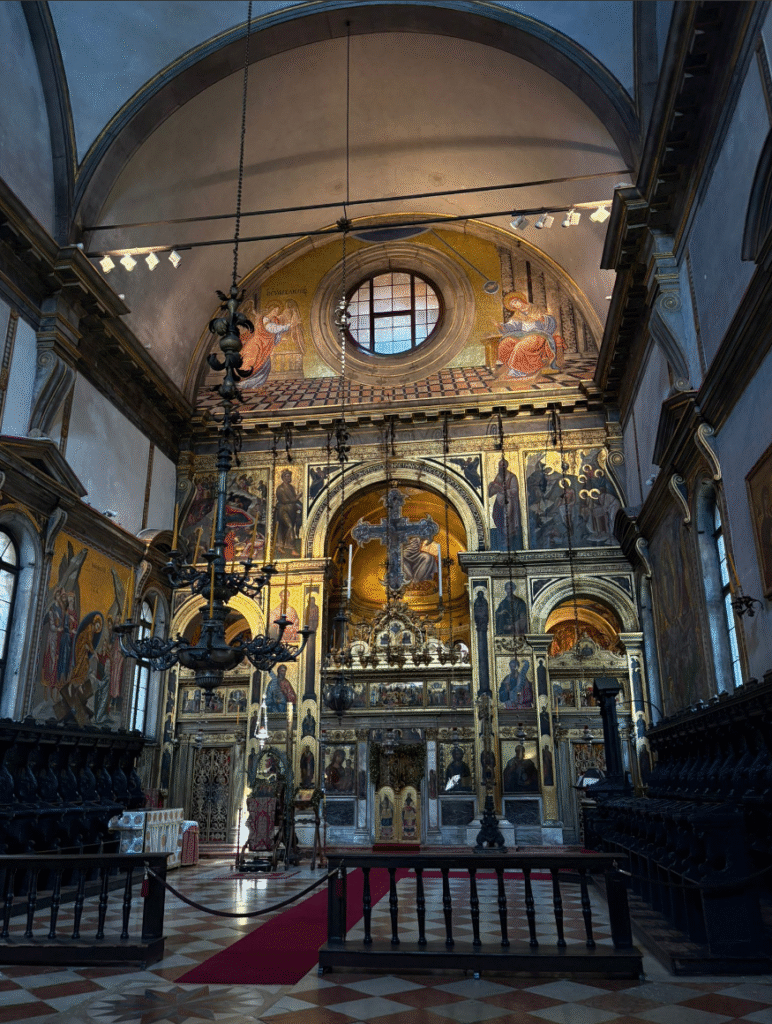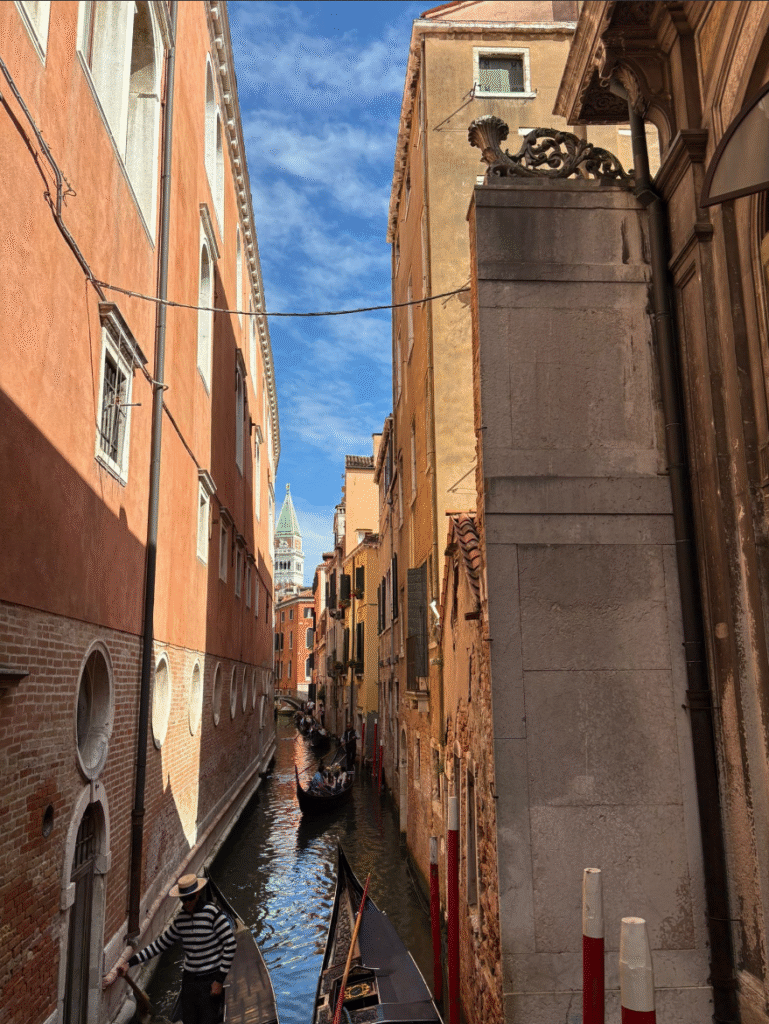
As I wandered the streets of Venice, going into every church possible, I witnessed icon after icon, masterpiece after masterpiece. The very existence of icons is fascinating to me; are they art, or merely functional objects?
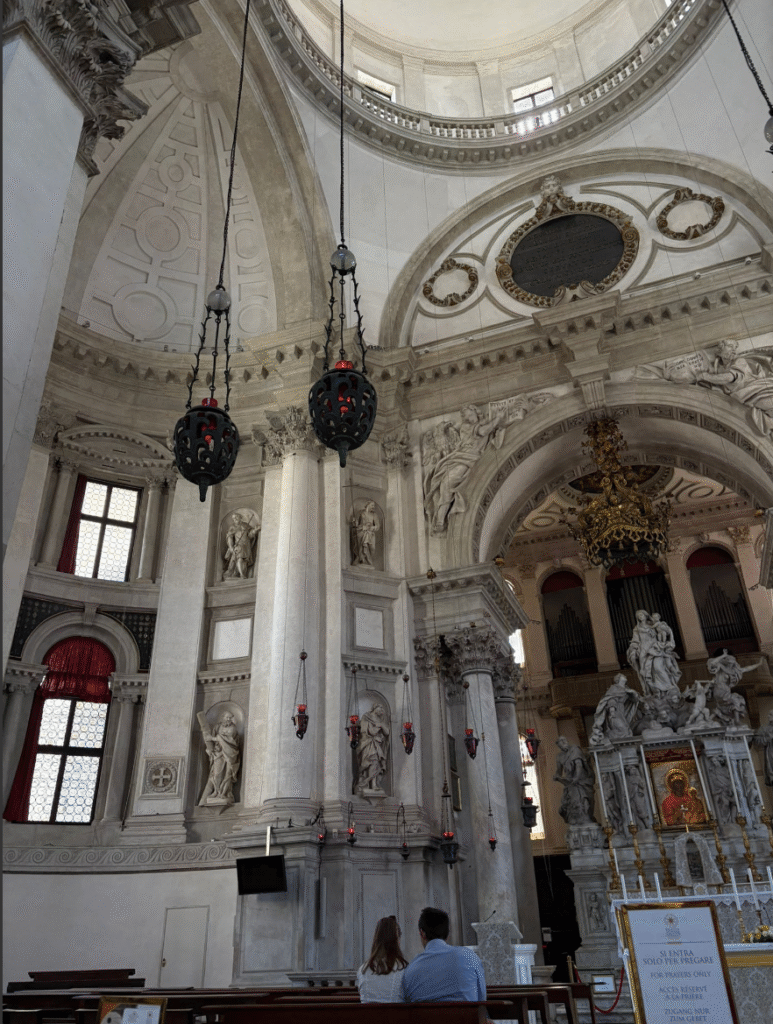
The mere number of icons in Venice was astonishing, there were not even as many in Florence, I’m sure. After some trouble with cash (they are cash only, but nowhere do they state this), I managed to enter the Museum of Icons. The museum is very small, but it sits in a beautiful building, next to a beautiful church. For a museum of icons, there were not as many icons as you would think, plus, they do not even sell icons in the gift shop (outrageous!). Although it is explicitly stated that one COULD NOT take pictures of the icons, as someone who paid to view them, I snuck some photos.
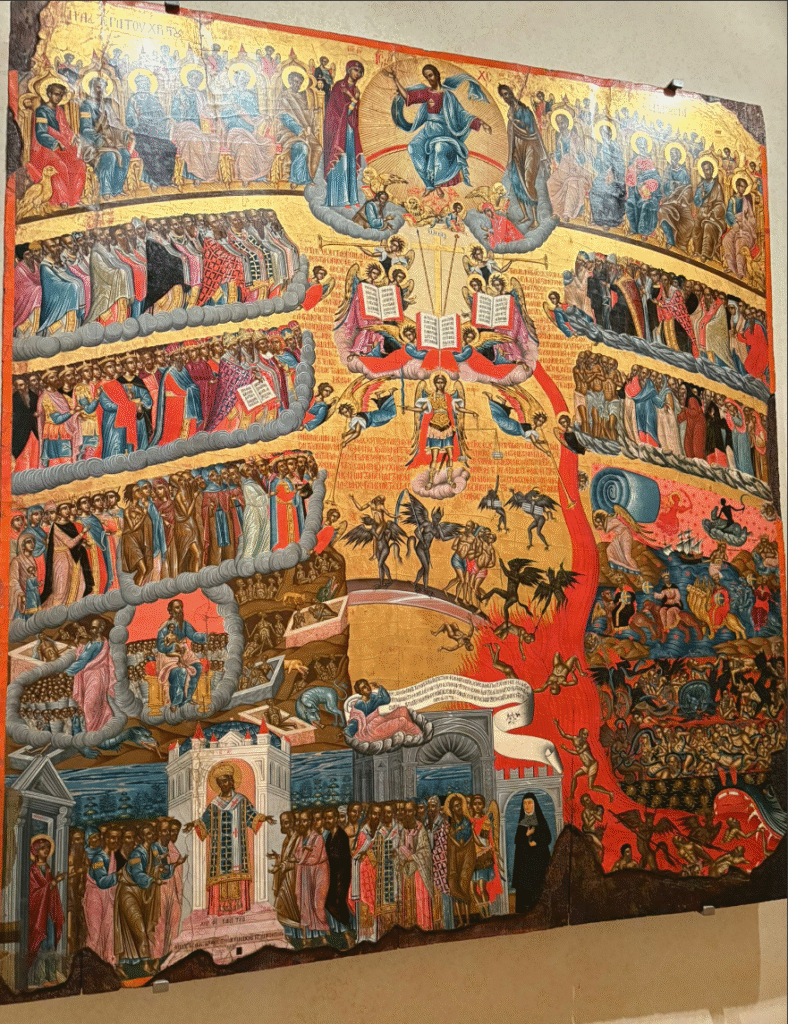
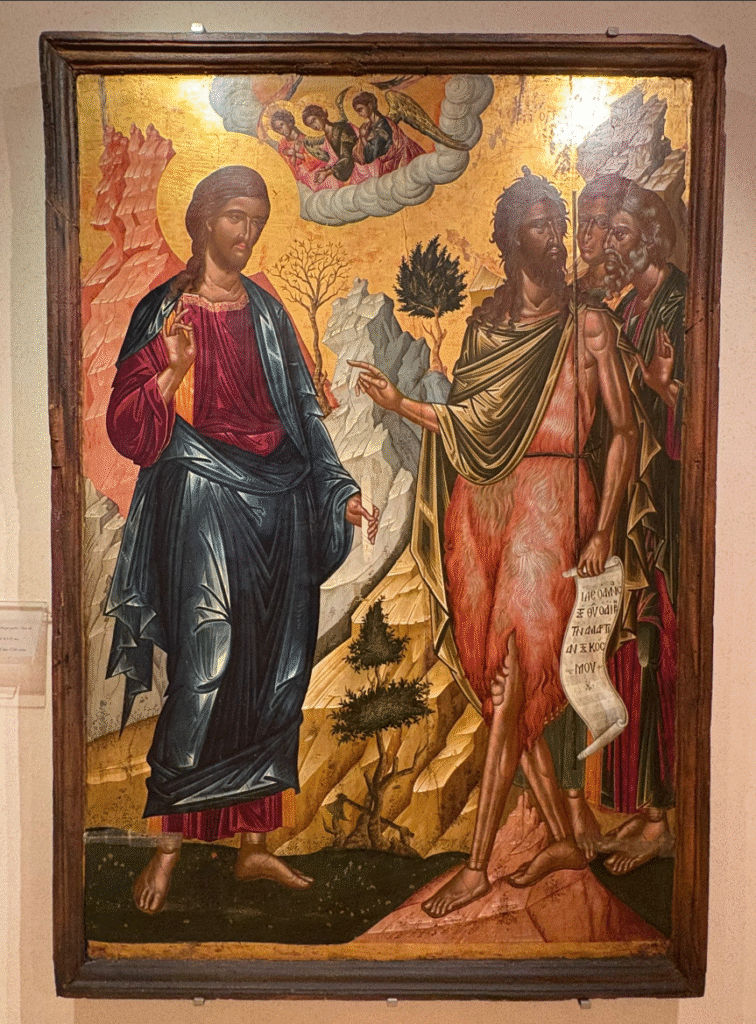
After sneaking some photos (and being given the thumbs up from an Australian tourist supporting my pirating endeavours), I wandered round again.
The museum was small, with one decent-sized room; however, the icons were not. When we think of an icon, we think of a small, personal item. These icons were massive. The interesting thing about Byzantine icons is that they depict scenes which we often overlook in art or theology.

This might not be the best example, but this depicts the Second Coming of Christ. This is not to be confused with the Last Judgement, for this second coming will occur before. The Last Judgement is a scene we are far more familiar with, especially with Michaelengelo’s Sistine Chapel depiction.
The Academy in Venice also has many icons on display, as does the Museum Correr in St. Mark’s Square. As much as I love icons, it did get a tad tiring, looking at the same hodegetria over and over (Don’t tell my professors I said that…).


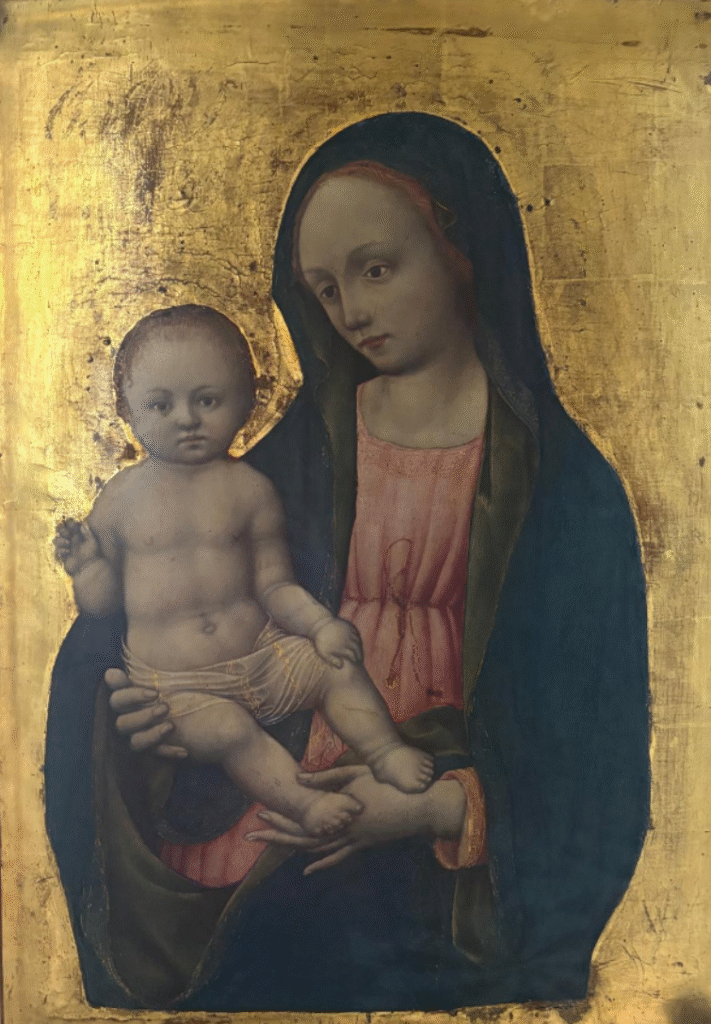
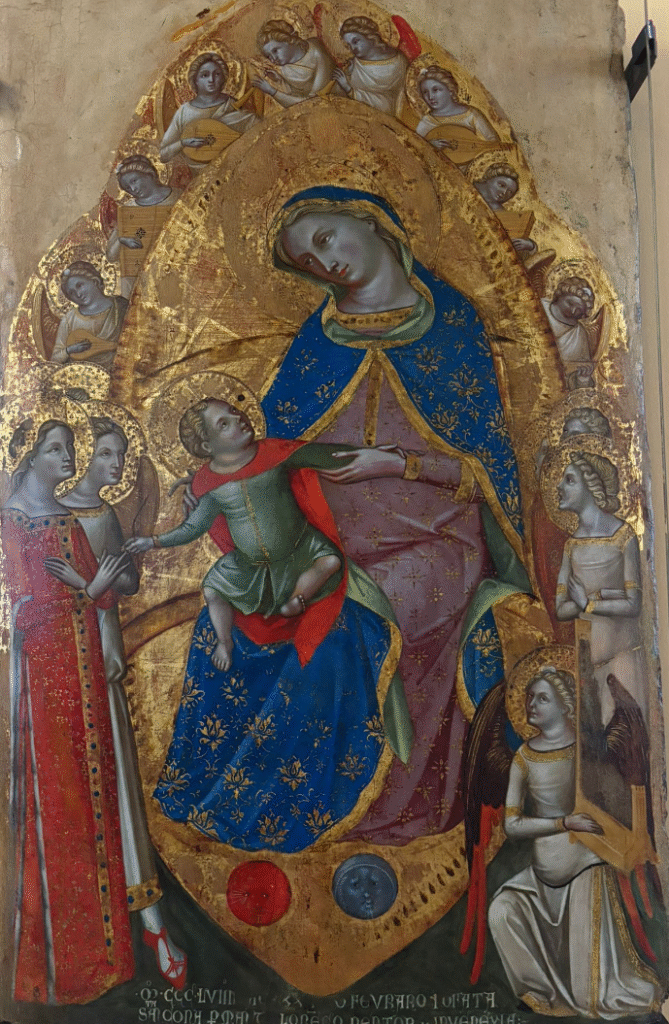
What I was not expecting was the copious amounts of icons of St. Michael. I was ready for lots and lots of St. Mark, and yet, the Archangel Michael was the stand-out Saint.


The amount of gold tessera, gold leaf, and gold pigment I have seen is blinding. Icons are such interesting parts of art history, with their mere existence being mainly functional. It was even said that St. Luke painted an icon, and that is why they are not counted as iconoclastic. Icons can be repainted as much as one would like; however, the face must remain as the original, as it is the heart of the icon.
If you like icons, go visit Venice; they have far too many.
